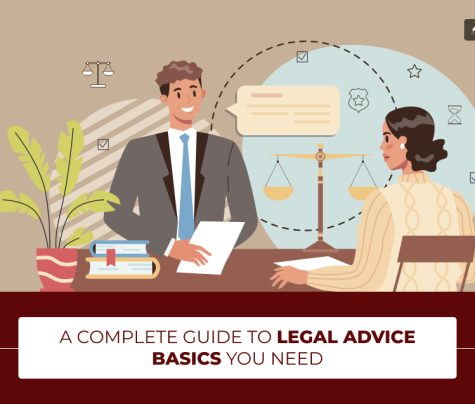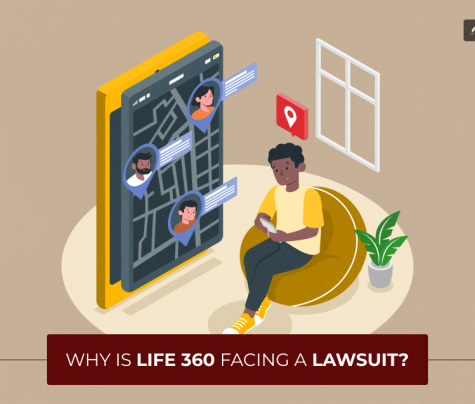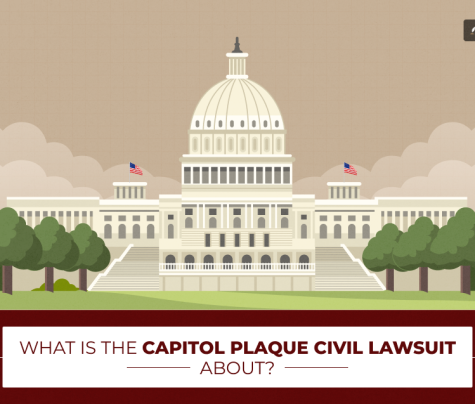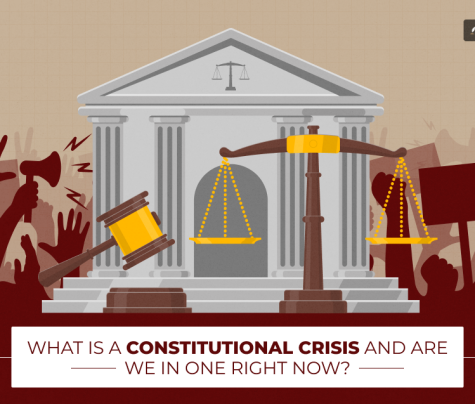
When life throws a curveball, and that curveball happens to hit you right where it hurts, it’s essential to understand the legal jargon that suddenly becomes relevant.
The terms “tort” and “personal injury” often pop up in such scenarios, but what do they mean? If you’ve found yourself scratching your head at these concepts, grab a cup of tea and read through this article from rockpointleglafunding.com to clarify the fog of legal terms and grasp what sets these two apart.
What’s a Tort Anyway?

A tort may sound like the name of a fancy pastry, but in the legal world, it refers to something quite different. It’s the umbrella term for a civil wrong that causes someone else harm or loss, resulting in legal liability for the person who commits the wrongful act.
Torts can be intentional, like defamation or trespassing, or based on negligence. Think of tort as a piece of legislative art that covers everything from a nasty rumor that tarnishes your reputation to someone taking a joyride on your land without permission.
Types of Tort

Normally Torts are subcategorized into three different categories. In this blog, we’ll elucidate those in detail:
Intentional Torts
These happen in the case when a person deliberately causes harm to someone else. These include assault and battery and also intentionally causing emotional distress. Trespassing is also one of the fine examples of intentional torts.
Negligent Torts
Every personal injury is a form of a negligent tort. Why? Because it harms others through one’s carelessness. For example, in car accidents or in slip and fall, negligence occurs when the other person fails to properly look after the other person which falls upon them.
Strict Liability Torts
These are some of the most common types of torts where they assign liability to a party. This is even assigned to someone even if they take all the right steps to prevent any accident from taking place.
What are Mass Torts?
In this case, the party accused of torts is reserved for only a single action or inaction. Mass tort comes into the picture when the hurt is caused to many people. For example, using defective drugs or coming up with ineffective medical equipment harms the well-being of many people.
When it’s personal the ins and outs of personal injury

Personal injury is a specific type of tort where someone’s negligence or intentional act causes harm to another person. The difference here is the personal nature of the harm. If someone suffers an injury because another driver ran a red light or a store owner neglectfully left a spill unmarked, it falls under personal injury.
In these instances, the focus is on the injuries to the body, mind, or emotions, as opposed to property or reputation. Moreover, a tort may originate from malicious intent, while personal injury may be just a plain old accident.
Consulting a personal injuries lawyer can guide you in negotiating settlements or representing you in court if necessary. Choose one with years of experience, a good reputation, and foolproof credentials.
Assigning blame and establishing fault
In the legal playground, determining who is responsible—legally known as ‘liable’—for the harm caused is the game’s name. In most personal injury cases, showing that someone else’s negligence directly resulted in your injuries is the goal.
But there are also instances where strict liability comes into play. That’s when someone may be held responsible for harm without the need to prove negligence or fault—like when you’re injured by a defective product straight off the shelf.
In torts, fault can sometimes be diffused between parties, such as in cases involving multiple parties contributing to an accident. That said, torts are more common in business and corporate environments than in real life.
Parsing through the damages
When it comes to the aftermath of harm, both torts and personal injuries seek to make the injured party “whole” again. Typically, in personal injury cases, this involves financial compensation covering everything from medical expenses to lost wages, and—even tea spilled in shock—a claim for emotional distress.
While compensatory damages are about reimbursement, punitive damages enter the scene when the conduct was especially egregious, meant as a stern tap on the wrist to deter similar actions in the future. These are more common in tort cases beyond the personal injury realm.
Distinct paths but shared trajectories
It’s true that all personal injuries are torts, but not all torts result in personal injury. There are many situations where the two intersect, such as an automobile accident caused by someone’s negligence.
However, there are also clear instances that fall under one category and not the other. Slander at the workplace, for example, harms a person’s reputation, not their body or mind, making it a tort that’s not a personal injury. Knowing where your case stands helps in steering it in the right direction toward resolution and restitution.
Legal strategy and securing a win
Whether embroiled in a tort case or personal injury claim, having the right strategy is crucial to success. Decisions like settling out of court or pushing forward to trial depend heavily on the case’s specifics.
A successful outcome in a personal injury case often means securing enough compensation to cover all damages, while in a tort case, it might mean proving a point or effecting a change in law or policy. Each case is a unique battle, with different weapons and tactics required to emerge victorious from the courtroom arena.
Comparing and Contrasting Between Tort and Personal Injury Lawsuit

Torts and personal might seem to be similar at a glance, but they aren’t. Both of them are completely different from one another. Tort, on one hand, is a wrongful act that violates someone’s legal rights. It might not be specifically yours, but it violates the other party’s legal rights.
Personal injury on the other hand consists of a much more narrow definition, but always remember that every personal injury is tort in nature.
Personal injuries are primarily distinguished from torts as they result in other physical or emotional injuries caused by another person. The at-fault party might have done these things intentionally or it could have even happened due to their negligence.
Trespassing is one of the biggest examples of tort where someone else’s property is entered into without their permission. This is a violation of the rights of the property owner.
On the other hand, car accidents are also one of the most common types of personal injuries that often result in different types of negligence. The most common among them is that the driver fails to follow the rules on the road.
Conclusion
Personal injury might seem similar to that of a tort, but they’re a tad bit different. Personal injury is actually a part of tort which only explains a particular portion of torts. On the other hand, tort is the umbrella term under which the overall concept of personal injuries, negligence, and even defamation resides.
However, we hope it was easy for you to understand the differences between tort and personal injury. We hope that the blog was informative and helpful for you. Do let us know if we have missed out on something.
Read Also:
- The Ultimate Personal Injury Dos and Don’ts Guide
- What Facts Should You Know Before Hiring Personal Injury Lawyers?
- The Positive Traits To Consider When Choosing A Personal Injury Law Firm










0 Reply
No comments yet.